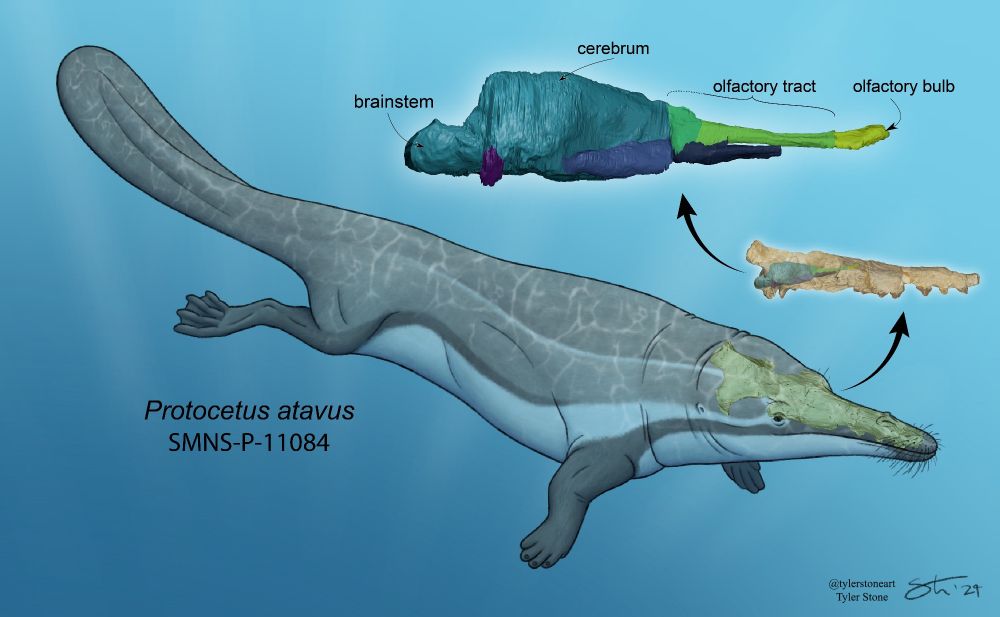
Evolution of olfactory systems using integrative approaches.
Frog lover 🐸
quentinmartinez.fr









academic.oup.com/evolut/advan...
@smnstuttgart.bsky.social

academic.oup.com/evolut/advan...
@smnstuttgart.bsky.social
#NameItToSaveIt #Caecilian #Amphibians @smnstuttgart.bsky.social
#NameItToSaveIt #Caecilian #Amphibians @smnstuttgart.bsky.social








Well, we do not know yet... so stay tuned!
Meanwhile, check out our new paper on the evolution of #shrews
royalsocietypublishing.org/doi/10.1098/...

Well, we do not know yet... so stay tuned!
Meanwhile, check out our new paper on the evolution of #shrews
royalsocietypublishing.org/doi/10.1098/...
Some changes are clearly attributed to ecological adaptation, while others are probably related to phylogenetic inertia.

Some changes are clearly attributed to ecological adaptation, while others are probably related to phylogenetic inertia.

Turbinal count varies widely, from 0 in the La Plata dolphin 🐬 to about 110 in the African bush elephant 🐘.

Turbinal count varies widely, from 0 in the La Plata dolphin 🐬 to about 110 in the African bush elephant 🐘.
anatomypubs.onlinelibrary.wiley.com/doi/10.1002/...

anatomypubs.onlinelibrary.wiley.com/doi/10.1002/...











